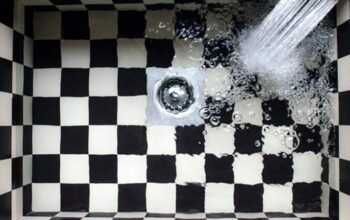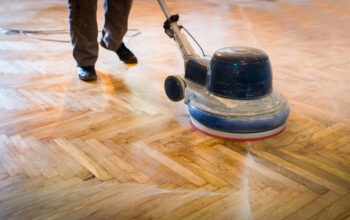Plumbing problems are the most common problems you could ever face in your entire life. From clogged drains to running toilets, leaky faucets, and many others, those can happen all the time at your home. In fact, no one really wants to fix problems with the plumbing in their own homes.
When you are having any of those plumbing problems, you’ve only got two options, either calling an emergency plumber Sydney or fixing it on your own. Although the first option sounds really great for addressing the problem, doing it by yourself doesn’t seem like a bad idea at all, and it’s better to save your money.
If you haven’t realized yet, there are some plumbing problems that actually could be done without the hands of professionals. All you need to do is just searching for a tutorial post or video on the internet. Keep in mind, you can only do this for basic plumbing problems, and it’s still highly recommended to have a professional if you feel like the problem is too difficult to handle.
These are the following basic plumbing problems that you can do on your own.
- Clogged Drains
When it comes to plumbing problems, most people—including you, certainly have experienced clogged drains at home. It can be your kitchen sink, bathtub, or shower. The problem’s causes also vary depending on the sites. Let’s say when you are doing the dishes, the grease and food particles are most likely to go down over kitchen drains. While for bathroom drains, the most common reason behind the clogging problem is a bunch of hair falls when you are taking a shower or bath.
If you have not experienced this, the best way to prevent clogged toilet drains is to avoid putting food leftovers down kitchen drains and make sure to throw larger pieces of food to the trashcan before washing the dishes. Also, you can install a drain guard on your bathroom drains to prevent the hair from going down the drain. Don’t forget to throw out the hair afterward. On the one hand when you have clogged drains at home, try to plunge the drain forcefully or use natural solvents such as a mixture of baking soda and vinegar with hot water to remove the clog. Keep doing this method on a regular basis to make sure the drain is clean.
- Toilet Issues
First, problems with the toilet flush. The cause of this problem can either be the tank isn’t filling or trouble with the flushing mechanism. Just simply open the tank, check if there is something that blocked water to fill in the tank and remove it. On the one hand, you can check the chain, whether it is attached properly or not. If it gets loose, reattach the chain to the flushing mechanism.
The second common problem is the running toilet. This problem is certainly more complex than the first one, and the unstoppable water running can cause your water bills to go up. Most of the time, the problem is caused by a faulty stop valve. It is basically the large bulb in the back of the toilet to stop the water from flowing into the toilet’s tank once it full. It’s best to replace the entire assembly permanently to prevent this from happening in the future.
Last but not least, a clogged toilet. This is probably the most common and easiest toilet problem to address. It’s recommended to have a plunger available at home to solve this kind of problem immediately. If a plunger doesn’t work, an auger or drain snake can be the alternatives to break up the blockage.
- Leaky Faucets
Although it doesn’t seem like a complex problem with plumbing, leaky faucets can be very annoying considering the effects, which can cause floods in the bathroom or kitchen, or even worse, increasing your water bills. The causes of this plumbing problem can be a dislodged or worn down part.
When you’re having this problem, immediately turn off the water underneath the sink and close the drain. Next, take the faucet apart with tools to identify the problem. If you don’t know-how, simply look for instructions that available all over the internet. It usually the rubber seat washer that caused the leakage. Check if you need to replace the washer with a new one and reassemble the faucet again.



